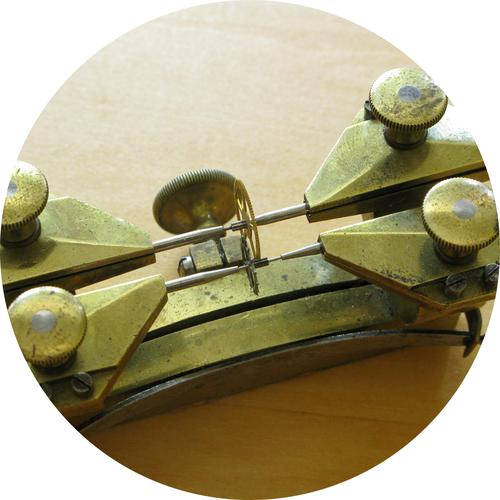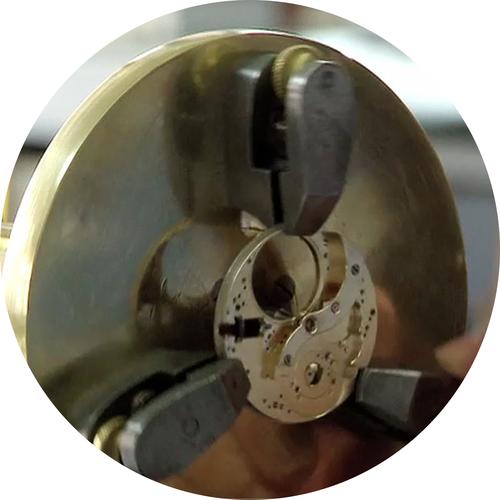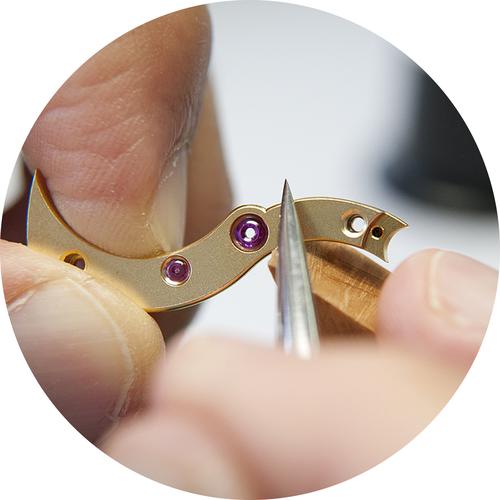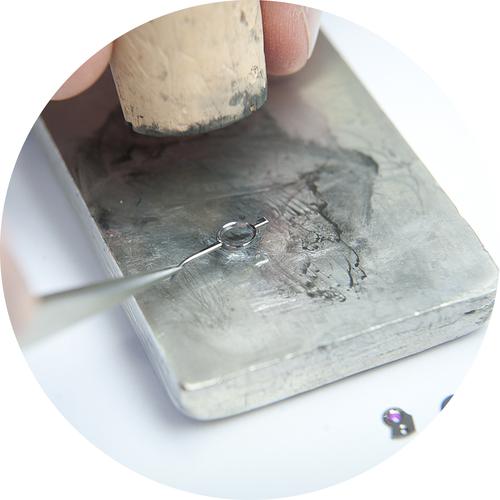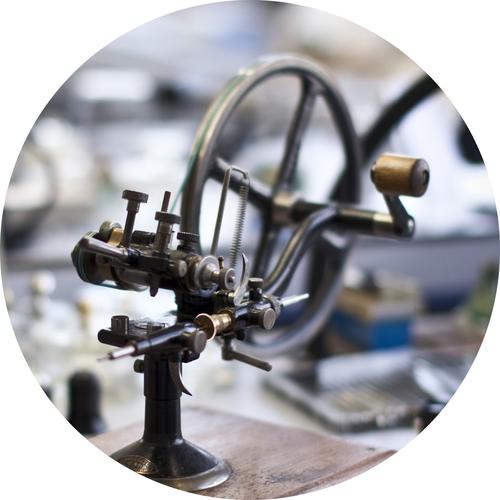Patek Philippe restores and services all watches produced in its workshops since 1839. Our restoration atelier in Geneva is responsible for all watches that are 35 or more years old.






Restoration requires highly specialized skills, most of which are extremely rare today. It is our declared objective to preserve the original condition of the watch from the technical and aesthetic perspective. This also applies to original parts and legacy techniques that date back to the epoch when the watch was crafted.
We maintain an inventory of movement parts and case components from past eras as well as a collection of original tools and machines. In the event that required parts are no longer available, our specialists will replicate them with the original tools and ancestral know-how. To keep these traditional techniques alive, we pursue an ongoing training policy thanks to which ancestral skills are passed on to the younger generation of specialists who work in this department.
When the restoration process has been completed, the watch must have preserved its original value and historic integrity and must function in the same manner as when it was manufactured. The decisive aspect is that restorers must be aware of the impact of their interventions with respect to the individual DNA of each watch.
Given the complexity, the inherent rarity, and the skill set involved, a restoration project may well last up to 2 years.
Pivoting
Pivoting is a delicate operation performed with a watchmaker’s lathe. It calls for above-average hand-eye coordination because the process takes place in a microscopically small range that is hardly visible to the naked eye. Crafting a pivot the size of a human hair using just hands and eyes is a formidable challenge.
The lathe is an ancient and basically simple tool, but it is far from obsolete. In general, it takes around ten years of experience to acquire the necessary skills, master the tools, and achieve professional competence.
Depthing
The standard depthing tool makes it possible to determine the exact spacing between a wheel and the pinion with which it engages. When preparing the wheel plate, the wheel is usually picked off the rounding-up machine and placed on the depthing tool to check the mesh with the pinion. The wheel is correctly dimensioned if the wheel and the pinion mesh properly. Considerable competence is required to master this tool when reproducing old wheels and pinions.
Chucking
This tool improves precision when positioning wheels, pinions, and escapements. The spacing of such components relative to one another is accurately defined in all three dimensions. A simple piece of wood referred to as an oscillation bar is instrumental in achieving the perfect alignment. The epitome of precision and simplicity.
Chamfering
An angleur manually chamfers (bevels) the edges of plates, bridges, and other components. The most important tools include files of various shapes, sizes, and fineness. The job calls for a sharp eye and a steady hand, because the chamfers must be uniform to produce a perceptibly aesthetic effect when polished.
Flat polishing
This is a method of polishing a metal surface to make it absolutely flat and create a mirror gloss. It is manually executed by rubbing the workpiece on a tin or zinc polishing block with a thin coating of abrasives. The technique is also called “specular polishing”.
Rounding up
A watch movement contains many interacting wheels and pinions that need to be perfectly adjusted in the interest of functionality and precision.
In the early days of watchmaking, wheels were crafted with saws and files. The first rounding-up machines emerged when the demand for parts grew starting in the mid-19th century and requirements became more rigorous. They made it possible to modify the profiles of components to optimize mesh accuracy.
Meanwhile, rounding-up machines have been replaced with much more advanced equipment. Nonetheless, Patek Philippe still uses them for restoration projects to preserve the historic integrity of the timepieces: wheels are restored in the same way as they were once made.
